Charles E. Tilton Mansion
Introduction
Text-to-speech Audio
Images
Photograph of the Mansion in October of 2011 by Phil C. Walton
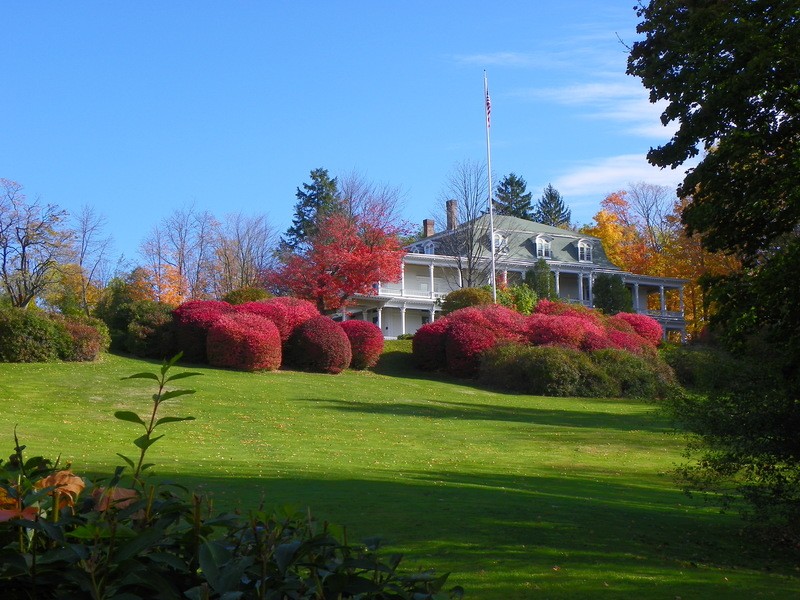
Exterior of the Charles E. Tilton Mansion by Allan and Celia Willis in January of 1981
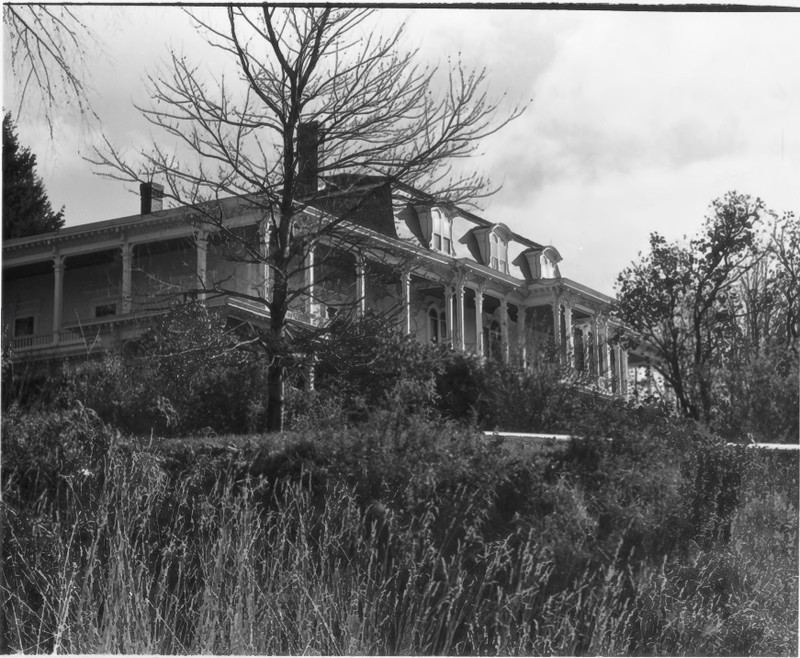
Alternate View of the Exterior of the Charles E. Tilton Mansion by Allan and Celia Willis in January of 1981
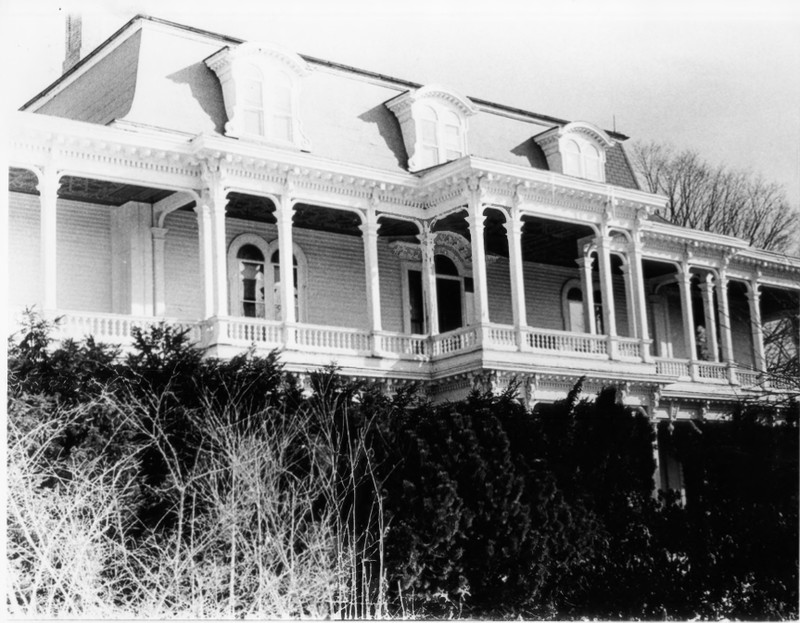
Front of the Charles E. Tilton Mansion by Allan and Celia Willis in January of 1981
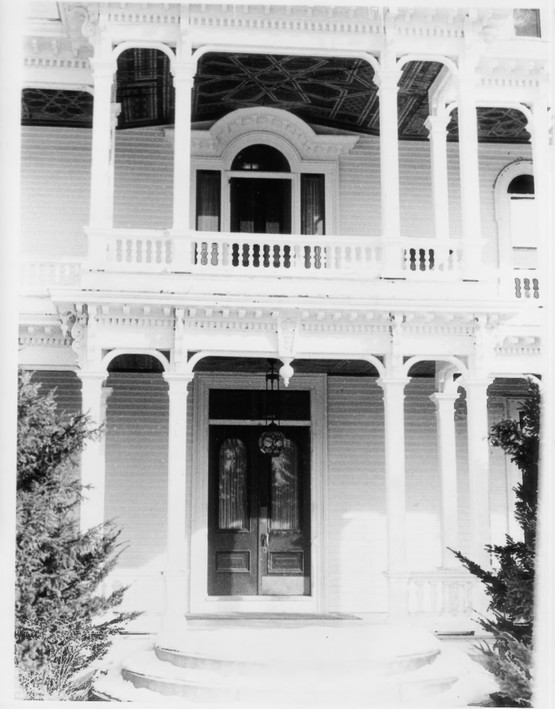
Third View of the Exterior of the Charles E. Tilton Mansion by Allan and Celia Willis in January of 1981
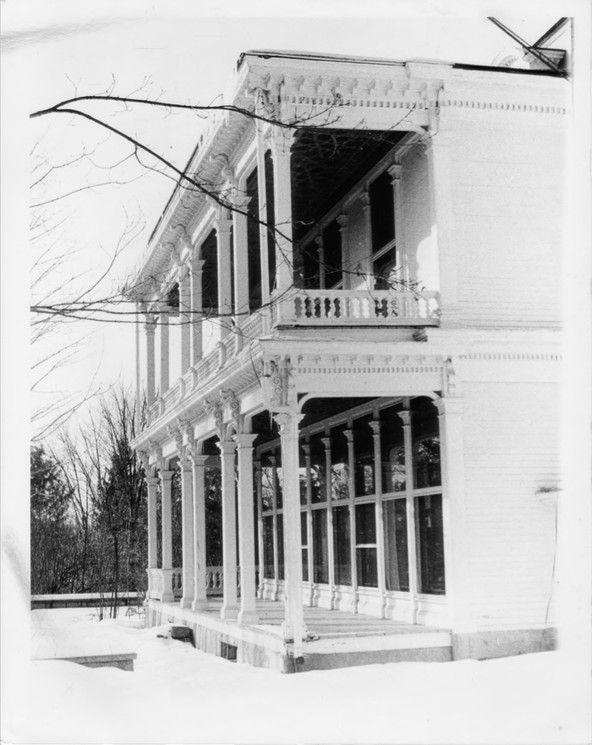
View of the Patterning of the Ceiling of the Porch of the Charles E. Tilton Mansion by Allan and Celia Willis in January of 1981
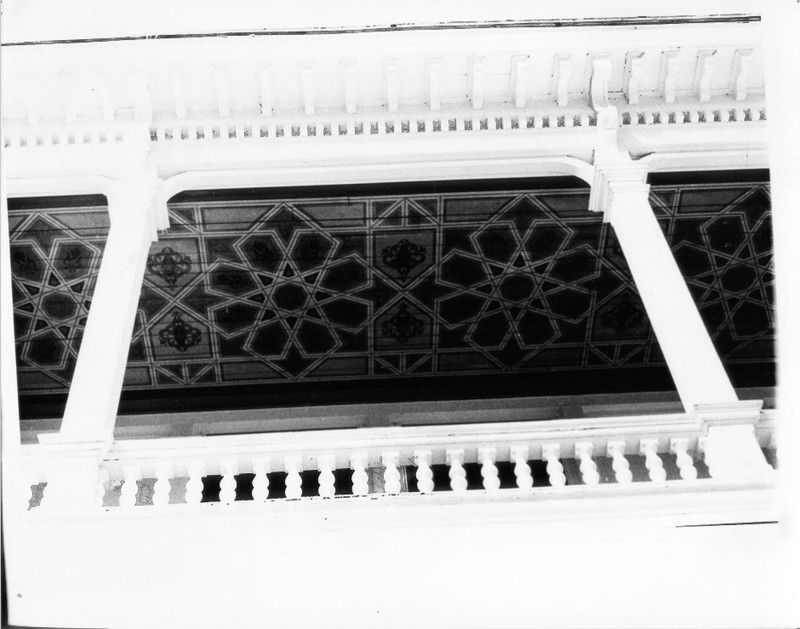
View of the Porch of the Charles E. Tilton Mansion by Allan and Celia Willis in January of 1981
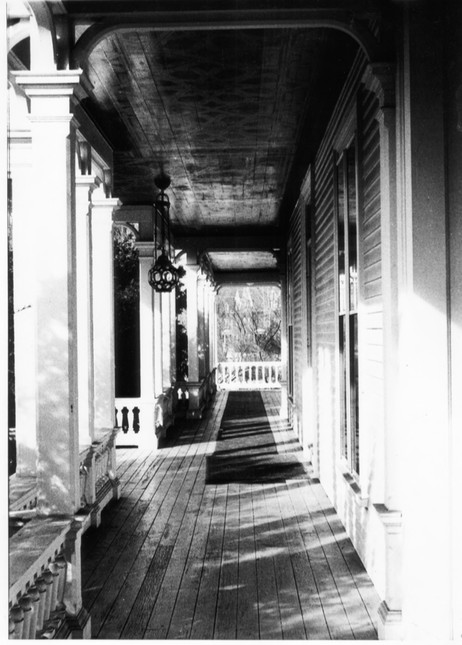
Added Fire Escape on the Charles E. Tilton Mansion by Allan and Celia Willis in January of 1981
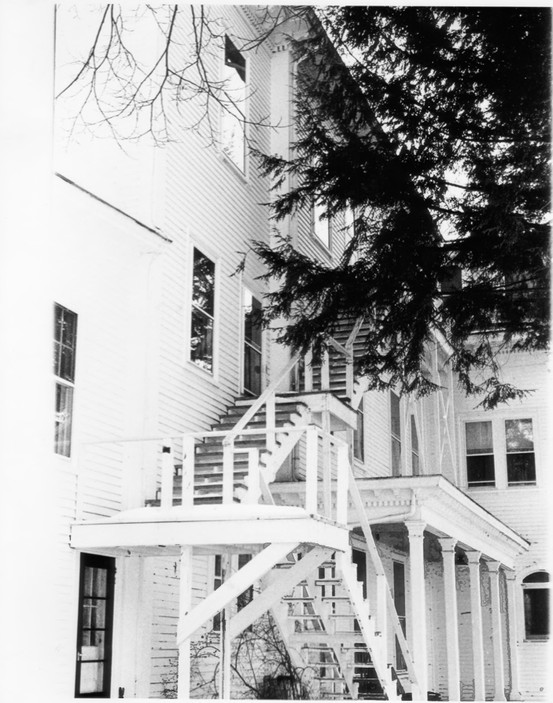
West Side of Charles E. Tilton Mansion by Allan and Celia Willis in January of 1981
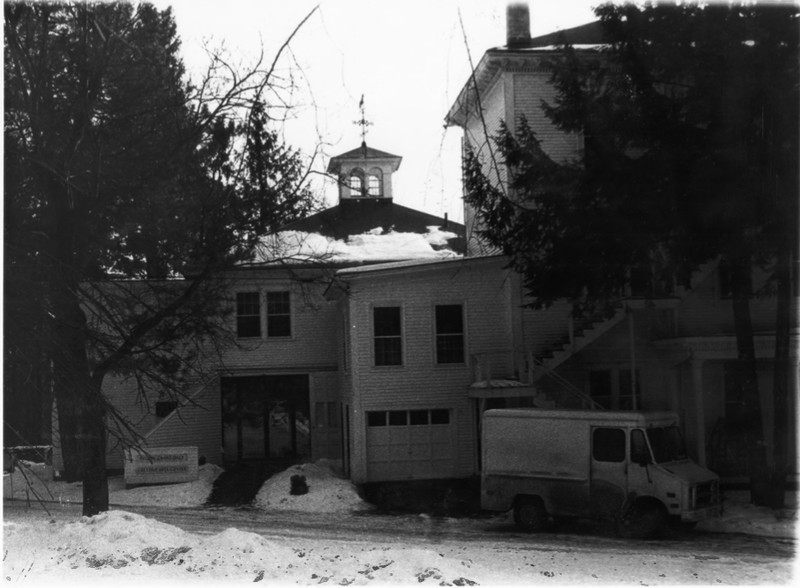
Drawing Room Fireplace of the Charles E. Tilton Mansion by Allan and Celia Willis in January of 1981
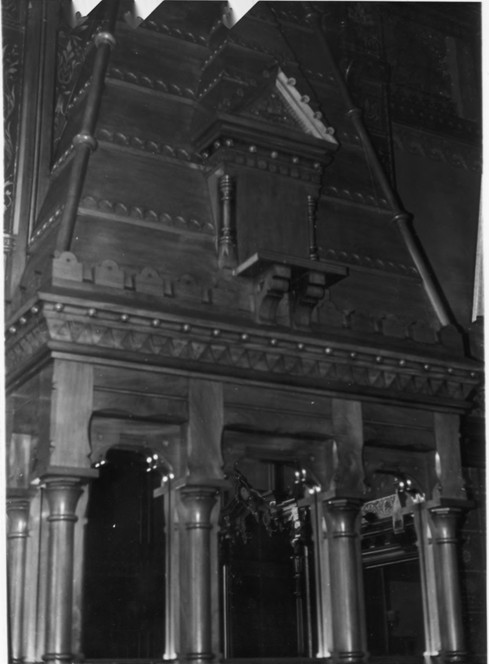
Drawing Room Chandelier and Fireplace of the Charles E. Tilton Mansion by Allan and Celia Willis in January of 1981
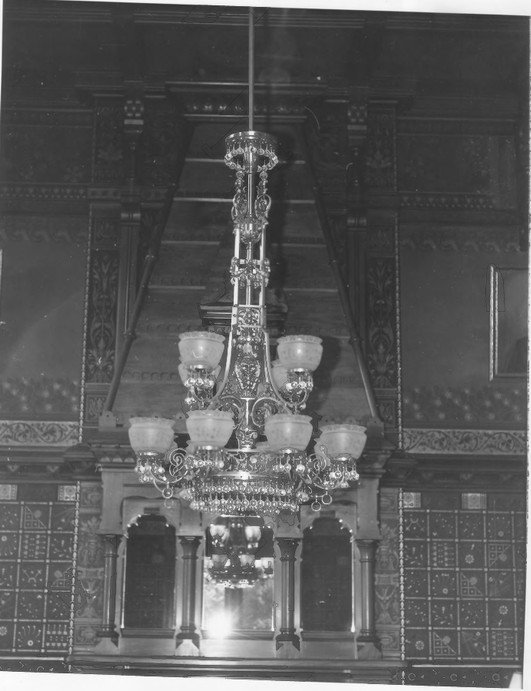
Drawing Room Ceiling of the Charles E. Tilton Mansion by Allan and Celia Willis in January of 1981
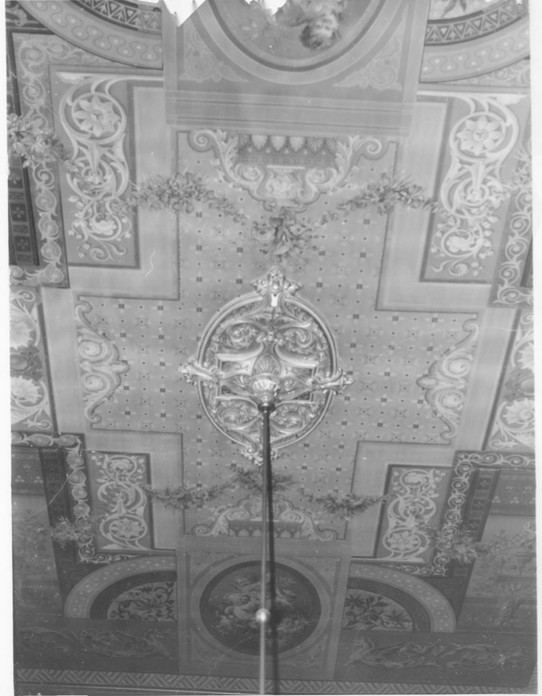
Wall Detail of the Drawing Room of the Charles E. Tilton Mansion by Allan and Celia Willis in January of 1981
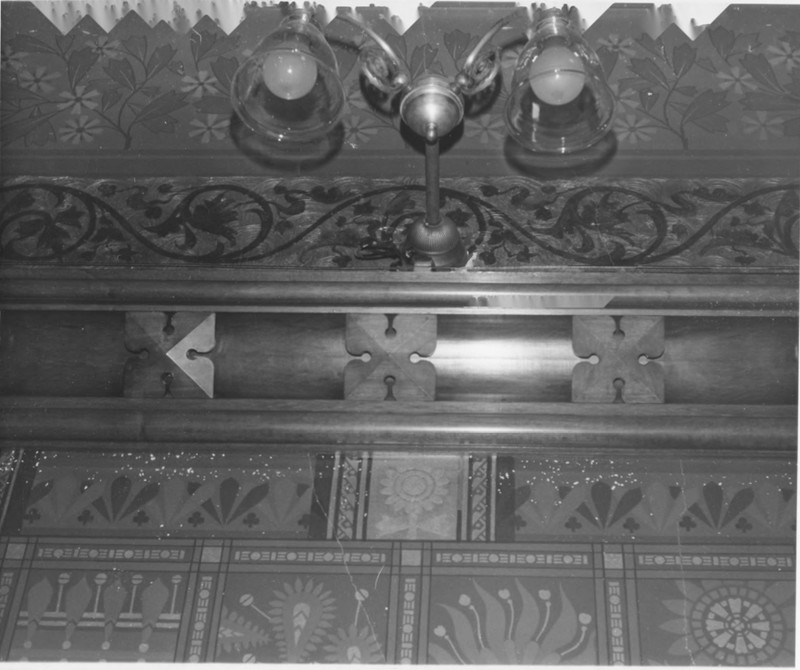
Further Wall Detail in the Drawing Room of the Charles E. Tilton Mansion by Allan and Celia Willis in January of 1981
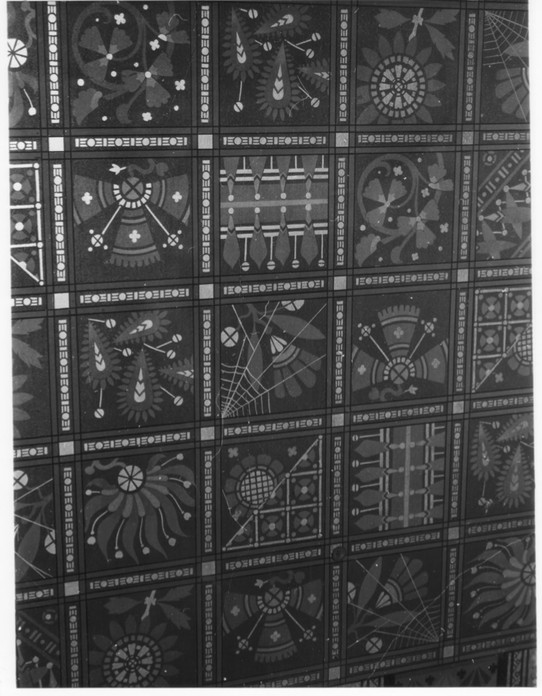
Ornate Mirror in the Drawing Room of the Charles E. Tilton Mansion by Allan and Celia Willis in January of 1981
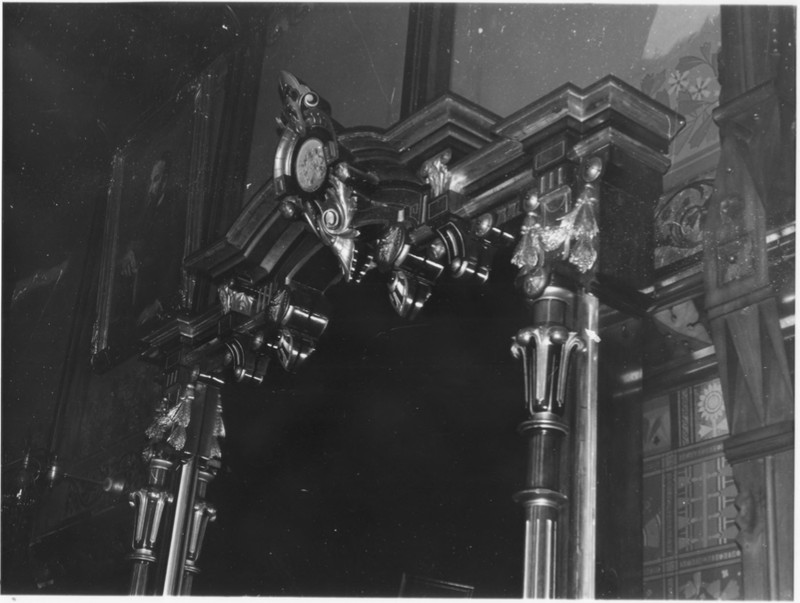
Ornate Mirror Detail in Drawing Room of the Charles E. Tilton Mansion by Allan and Celia Willis in January of 1981
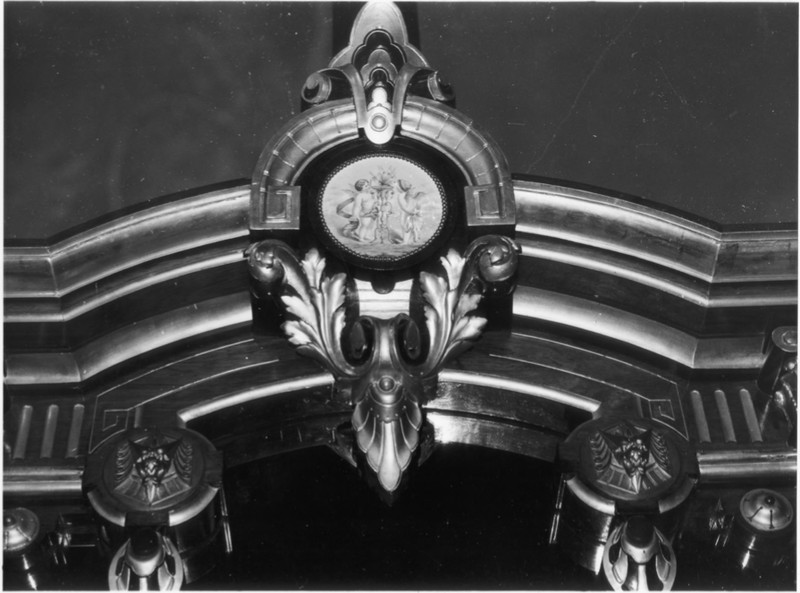
Mirror Detail 2 in Drawing Room of the Charles E. Tilton Mansion by Allan and Celia Willis in January of 1981
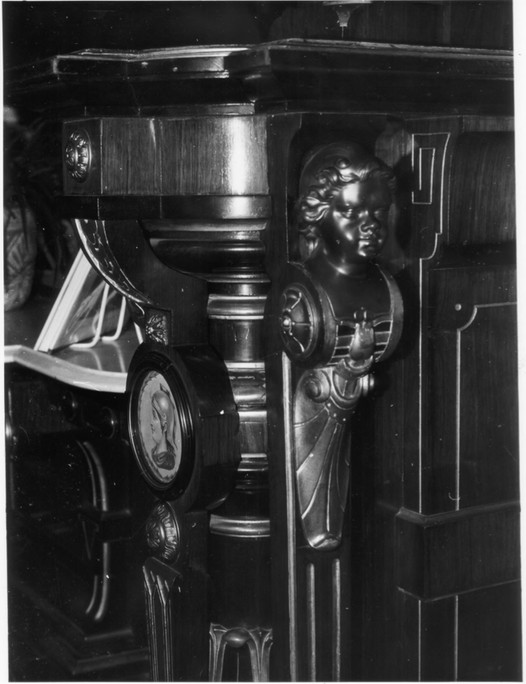
Entryway Staircase Details of the Charles E. Tilton Mansion by Allan and Celia Willis in January of 1981
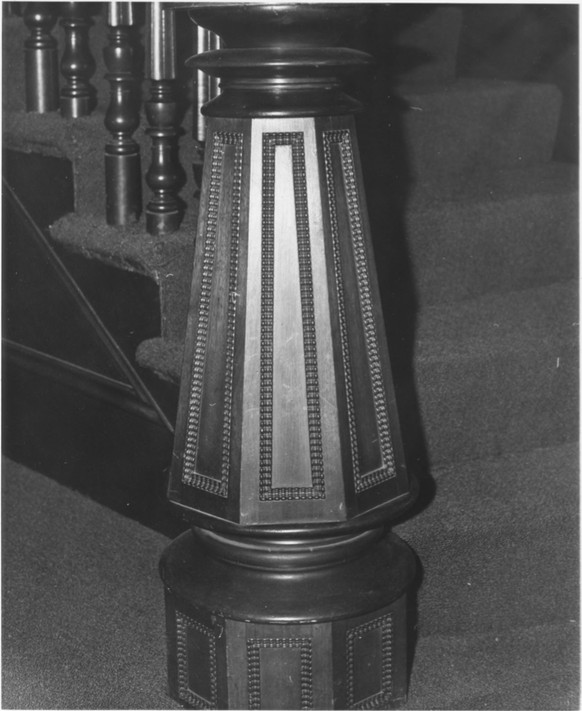
1st Floor Marble Fireplace of the Charles E. Tilton Mansion by Allan and Celia Willis in January of 1981
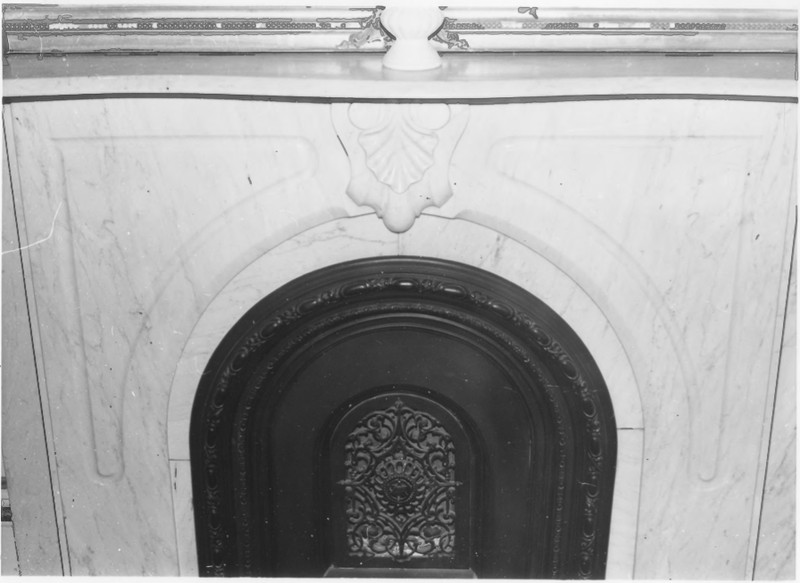
Chandleier in the Charles E. Tilton Mansion by Allan and Celia Willis in January of 1981
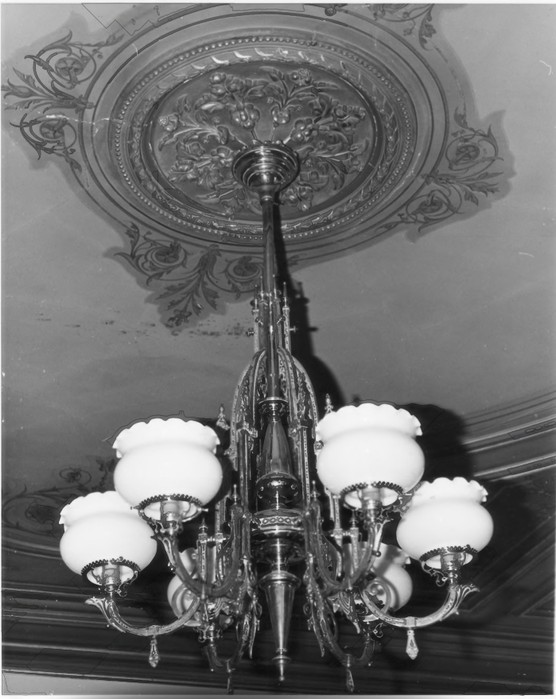
Backstory and Context
Text-to-speech Audio
Constructed in 1861 at the commission of Tilton banker and merchant Charles Tilton, the Charles E. Tilton Mansion represents one of the most interesting post-civil war residences in the state. The structure contains elements from multiple schools of architecture, which, in most cases blend very well together to make an artistic and unconventional appearance for the house. While the original building was designed in the French Second Empire school of architectural design, later modifications and additions came to the home that pulled from the Renaissance Revival, Classical Revival, Gothic Revival, Tudor, Eastlake, Pompeiian, Art Nouveau, and Rococo Revival styles. Furthermore, segments of the unique exterior porch paintings appear to be of Spanish stylization.
Born in 1827 in Sanbornton Bridge, Sanbornton, New Hampshire, Charles E. Tilton grew up influenced by his grandfather, Nathaniel Tilton’s, philanthropy. Later in his life, the neighborhood of Sanbornton Bridge would incorporate as an independent town from Sanbornton, and would name itself Tilton in honor of Charles and Nathaniel’s remarkable contributions to the community. As he grew, he left the State of New Hampshire to pursue education and, later, an entry into marine trade. Following a short stay in New York City, Charles Tilton took to travel, visiting the Caribbean islands and various nations in South America before ultimately traveling to California following hearing rumors of the occurrence of the famous Gold Rush of 1849. After some time in California, Tilton decided against participating in the Rush, instead opting to relocate to Portland, Oregon where he entered again into the business of marine trade, this time with his cousin who lived in Portland.
Tilton’s influence in Portland, Oregon is notable in-and-of itself; He founded the first bank, which would later expand considerably through the area, ran successful trade ventures, and also heavily influenced navigation ventures into the Columbia and Willamette rivers, which resulted in his participation in the founding of the Oregon Railway and Navigation company. In addition to his sea trade ventures, he also financed a number of land trade routes running between Utah, California, Missouri, Colorado, and Montana.
Despite incredible investment in the American West, Charles E. Tilton never forgot his home state of New Hampshire, spending summers in his family home in Tilton until the commission and construction of the Tilton Mansion in 1861. Tilton continued doing business in the west until 1879, at which point he sold all of his businesses in the west, relocated back to Tilton, New Hampshire, and reinvested in east coast interests. Much of his money was invested in major railroads in the region, including the Boston, Concord, and Montreal railroads, though he also invested heavily in two local railroads around Tilton as well.
During his return to Tilton, he invested a considerable sum into additions to the Tilton Mansion and an equally notable amount into the improvement of public facilities in the Town of Tilton. Charles Tilton was responsible for the financing of the Tilton Town Hall, the Public Library, public parks, fairgrounds, and business buildings, a railroad station, and the historically notable Memorial Arch of Tilton. He also helped finance general improvement and beautification of public spaces.
The Tilton Mansion is now maintained by the Tilton School as a private library for the school. While known to many still as the Charles E. Tilton Mansion, its official name has been changed to “The Lucian Hunt Library,” after the name of a prominent professor of the Tilton School. The mansion has been well preserved to this day.
Sources
NPS NRHP Documentation for the Tilton Mansion. National Park Service. July 06, 1982. Accessed September 23, 2017. https://npgallery.nps.gov/pdfhost/docs/NRHP/Text/82004995.pdf. Official NPS NRHP Nomination Forms for the Tilton Mansion
Charles E. Tilton Mansion. City-data.com. Accessed September 23, 2017. http://www.city-data.com/picfilesc/picc83423.php. Publicly Available Photographs of the Mansion
